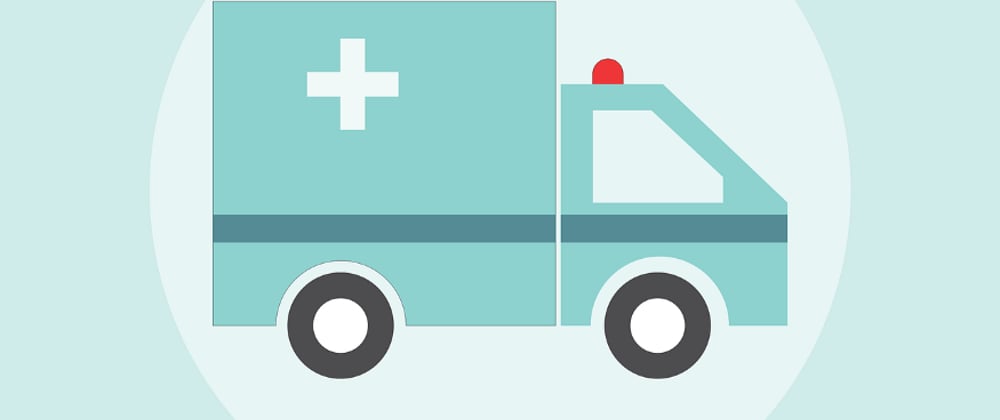Although ambulance crews are undoubtedly essential players in the process of saving the lives of people in medical distress, dispatchers are the ones who initially assess the situation and make crucial decisions about the urgency of the situation and what kind of help to send.
They consistently display excellence in their work and show calm demeanors many people can’t help but admire and appreciate. But, like almost everyone else, emergency dispatchers could benefit from additional insights — especially those that aren’t immediately evident over the phone. That’s where an AI software application called Corti comes into play.
A Tool to Detect Cardiac Arrest Cases Faster and More Accurately
If a person is having a heart attack, he or she may not be in the appropriate condition to go into substantial detail about symptoms. That’s also true if a child calls on behalf of an adult family member. That’s why Corti uses machine learning algorithms to analyze conversations.
It pays attention to phrases, as well as the tone of voice and breathing patterns. Then, Corti runs an automatic analysis and compares that phone call data to a collection of millions of other conversations to detect identifying patterns. After that, Corti notifies dispatchers if they are dealing with potential cardiac arrest cases.
By displaying information on dispatchers’ computer screens, Corti gives them real-time coaching to talk calls through how to check a person’s breathing and pulse and perform CPR if needed. In Copenhagen, the emergency services department there used Corti and found it could pick up on possible cardiac arrest cases faster and with greater accuracy than humans alone without the tool.
It Learns With Every Call
People who work in emergency services to save lives routinely depend on high-tech, feature-filled interfaces that facilitate communications between various parties for coordination efforts. Adding Corti into the mix could be even more beneficial, especially for proper allocation of resources. That’s because many cardiac arrest cases aren’t always obvious to a dispatcher or person who has just arrived at the scene.
If a man was installing a shelf in a garage and his spouse heard him fall and ran to help, the initial assumption would likely be that the person had an accident related to the task. The reality could be that he had a heart attack.
It’s not possible for a dispatcher to think back to all his or her past calls and make judgments based on that collective data. However, Corti does something similar with the help of AI — and, just like humans, learns from experiences.
It actually gets smarter the more dispatchers use it. In other words, the program increases its understanding of emergency situations, allowing it to be an even more helpful complement to human dispatchers.
Ongoing developments indicate AI can positively impact health care by improving quality of life and reducing hospital admissions. Corti is a prime example of how AI can deliver need-to-know information to dispatchers when it matters most.
Could AI Increase the Heart Attack Survival Rate?
Statistics collected in 2016 from the American Heart Association found the overall survival rate of people who have cardiac arrests outside hospitals was only 12 percent. A few years before that, the percentage was even lower.
Saving the life of someone who’s having a heart attack is truly a situation where every minute counts, too. Data shows for every minute in a cardiac arrest case that passes without intervention via CPR or an automated external defibrillator, the chances of survival decrease by 7 to 10 percent.
The successful uses of Corti so far understandably make people feel hopeful and wonder if AI could be a key component in helping the hundreds of thousands of people who suffer cardiac arrests each year survive them.
Besides taking dispatchers through each step of coaching a person to check for a pulse and breathing, and then perform CPR if necessary, Corti notices things dispatchers may miss and relies on the power of machine learning-driven knowledge.







Top comments (0)